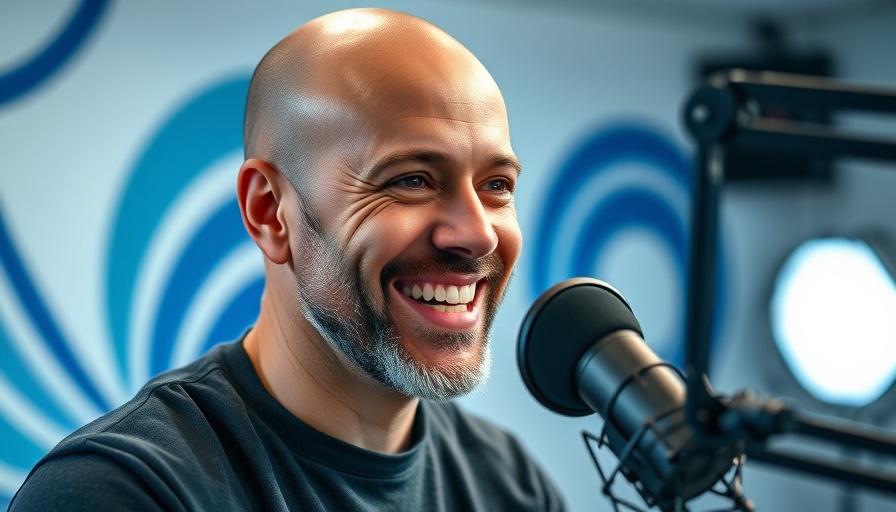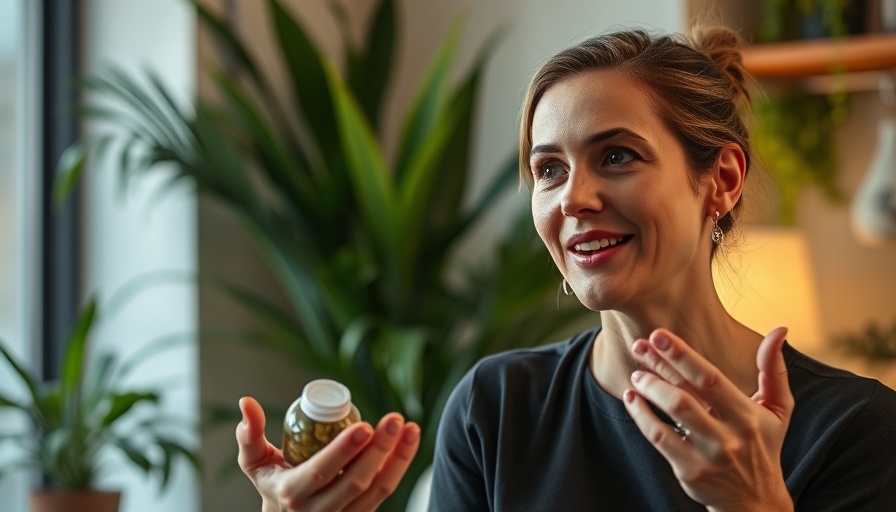
Ensuring Strong Bones Early On: A Lifelong Commitment to Bone Health
As individuals age, the importance of bone health becomes a focal area of health literacy, particularly with the alarming mortality statistics surrounding falls in older adults. It’s startling that, for those aged 65 and above, 25% of individuals who fracture their hip due to a fall will succumb within six months. That’s higher than the risk associated with smoking. Given these facts, it’s essential to understand bone health not just as an afterthought but as a critical component of longevity.
In 'Navigating bone health: early life influences & strategies for improvement & injury prevention,' we explore the critical insights surrounding bone health, prompting a deeper analysis of its implications for longevity.
Understanding Bone Density: A Family Matter
Bone health is not solely dictated by diet and lifestyle — genetics plays a pivotal role. Family histories of hip fractures increase one’s risk, accounting for up to 50% of bone health. If a parent has experienced a hip fracture, it’s a significant red flag. For younger generations or parents assessing the health trajectories of their children, understanding these risks is vital. Ensuring that kids are active and nutritionally supported can set them up for success, making footnote recommendations for calcium intake and weight-bearing exercises early on in life.
The Silent Crisis: Osteopenia and Osteoporosis
This discussion leads us to the continuum of bone health where osteopenia and osteoporosis reside. Osteopenia represents a minor decline in bone mineral density (BMD), whereas osteoporosis is a more severe reduction that occurs when BMD diminishes by 25%. Early detection through DEXA scans is essential for treating individuals before they reach the osteoporosis threshold. It’s recommended that high-risk individuals undergo their first scan by age 50, with others starting around 65.
Calcium, Vitamin D, and Lifestyle: The Anchors of Bone Health
What can we do to bolster our bone health? It comes down to three critical nutrients: calcium, vitamin D, and magnesium. To support robust bone density, adults need approximately 1,000–1,200 mg of calcium and 800-1000 IU of vitamin D daily. A healthy diet that includes dairy, green leafy vegetables, nuts, and seeds, along with sensible sun exposure, can facilitate these essential nutrients leading to stronger bones.
Physical Activity: The Ultimate Bone Builder
Not all exercises are created equal when it comes to optimizing bone health. While activities like swimming and cycling have their benefits, weight-bearing exercises and resistance training have been shown to build bone mass more effectively. High-impact sports, like football and MMA, yield the most significant increases in bone density due to the stress they place on the body. However, it’s essential to balance intensity and injury risk — engaging in these activities should always be approached mindfully.
Monitoring Changes and Drug Therapies
It’s crucial to monitor bone density as lifestyle changes occur, especially significant weight loss. Studies indicate that weight loss without muscle strengthening can lead to decreased BMD. For those already diagnosed with low bone density, medications like bisphosphonates can be effective. They work by slowing down the rate of bone resorption, thus maintaining bone strength. That said, anyone considering medication should consult with a healthcare professional regarding risks and benefits.
Innovative Support: How to Maintain Bone Health During Bed Rest
In times of reduced mobility, such as after surgery or injury, it’s crucial to still engage muscles through physical therapy or resistance exercises. Bed rest can lead to disuse osteopenia when bones aren’t regularly loaded. Techniques like blood flow restriction training (BFR) during recovery can stimulate muscle engagement, helping prevent bone density loss even while less active. Continued research into how we can foster resilience during periods of immobility remains essential, particularly for aging populations.
A Final Note: The Time to Act is Now
So, what does all of this mean for you? If you’re active and engaged, that’s a great start, but constant vigilance around your bone health is necessary. Engage your children in physical activities, ensure their diets support their growth and bone health, and regular screenings as they approached eligibility age. In doing so, you pave the way for a healthier, longer life.
If you’re committed to fostering your bone health or the health of your loved ones, start today — weigh in on dietary changes, initiate exercise regimes, and consider when to seek professional advice, particularly related to medications and screenings. In health, there is no time like the present!
 Add Row
Add Row  Add
Add 




Write A Comment